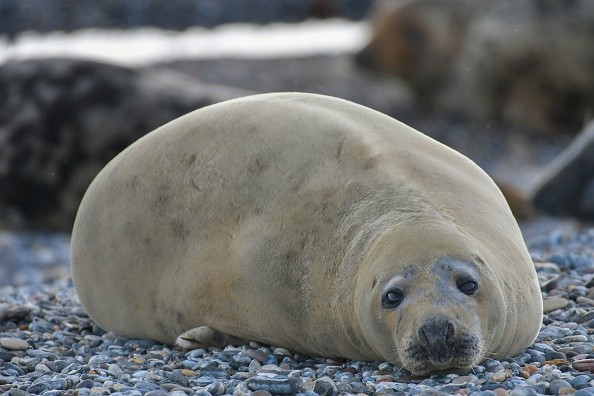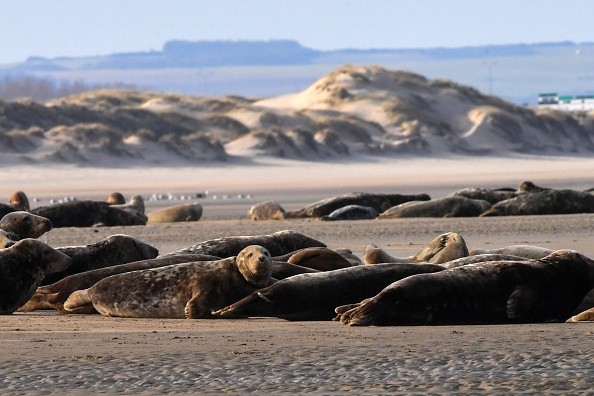Seals are being used instead of ships to carry out research in Antarctic continental shelf locations where ice can be found on the shore because seals can easily navigate these waters than ships.
On October 9, the journal Limnology and Oceanography published an article explaining the animal-based investigative approach and the researchers' results.

Boat-based Studies Replaced with Sensors Attached to Seals
Antarctica's continental shelves are amongst the world's most biodiverse areas because of the vast quantity of nutrients created by interactions between the ocean, sea ice, and ice shelf.
An increase in sea ice development in the coastal polynyas of East Antarctica is attributed to the powerful katabatic winds that blow throughout the region. Many predators, including as Weddell seals and emperor penguins, may be found on the landfast ice that sometimes forms outside of the polynyas.
In terms of biological production on the continental shelf, ocean, sea-ice, and ice-shelf water exchanges, especially those between deep warm waters from off-shelf regions and sea-ice zones that fluctuate with the season, are crucial, according to Phys.org.
Scientists have recently started to use marine creatures as data collection sites for oceanographic data, including instruments for measuring conductivity, temperature, and depth. Ocean water's properties may be determined using CTD data, and scientists can use this information to pinpoint the source of water.
Reasons for the Replacement
Researchers from Japan's National Institute of Polar Research, who led the study, say that previous research using instruments strapped to elephant seals and Weddell seals-a deep-diving predator-has shown some interesting physical processes in Antarctic areas, but even here, there has been little to no research on coastal areas covered by landfast ice.
So in March through September of 2017, researchers attached CTD-Satellite Relay Data Loggers to the heads of eight Weddell seals in eastern Dronning Maud Land and western Enderby Land in East Antarctica to explore the wintertime oceanographic conditions and their ecological repercussions.
The loggers were roughly the size of a tiny Rubik's Cube and weighed around half a kilogram. Landfast ice and absence of vast continental shelves and recognizable coastal polynyas prompted the closure of the regions.

Positive Effects of Warm Water on Foraging Behavior of Seals
When combined with meteorological and oceanographic modeling, the researchers discovered that an easterly wind blowing seasonally during autumn brings warm surface waters off the continental shelf and possibly more prey to the continental shelf.
Seals' foraging behavior was found to benefit from the warm, low-salt water, as evidenced by data collected while the seals were diving. This physical process could potentially increase prey availability for marine organisms along Antarctica's coast, researchers say.
Oceanographic and ecological conditions across a wide range of Antarctic continental shelves covered by landfast ice could be studied using seals equipped with oceanographic sensors. In light of the success of their initial experiment, the team is now looking to estimate the volume of water and prey that this wind-driven process is able to transport to the shelves.
It is hoped that these data will one day be used to predict how the Antarctic coastal marine ecosystem will respond to the ongoing and rapid changes in Antarctic sea ice that are currently occurring.
Related Article : A Hidden 'Breeding Cave' of the World's Rarest Seals Found in Cyprus
For more news, updates about seals and similar topics don't forget to follow Nature World News!
© 2025 NatureWorldNews.com All rights reserved. Do not reproduce without permission.

